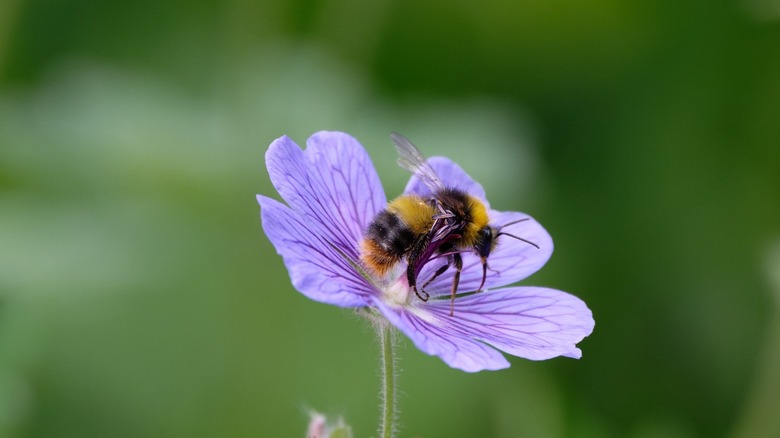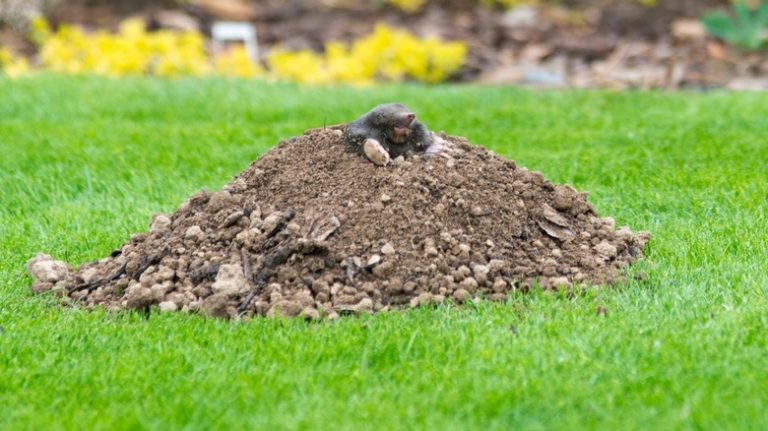The natural ecosystem is a terrible thing to waste, and as more people are choosing native plants and an organic approach, we’re beginning to better understand our relationship with Mother Nature. Homeowners today are willing to take on new gardening and landscaping trends that make sense, such as ideas that involve planting native plants instead of grass. When we do this, we realize there are many so-called “weeds” that are not really weeds at all! One such misunderstood and consequently undervalued plant is called blue-eyed grass.
If you’re confused, don’t worry, we’ll explain. But in the meantime, if you’re interested in maintaining a healthier lawn with more organic and native landscaping, stop pulling up blue-eyed grass. Blue-eyed grass is actually a member of the iris family, and a native plant that makes a terrific ground cover in a native landscape, such as a tapestry lawn. A tapestry lawn is one of the big gardening trends catching on this year.
About blue-eyed grass and why bees love it

Blue-eyed grass offers up perfect clusters of tiny violet-blue flowers that measure approximately ½ to ¾ of an inch in diameter and have yellow centers. The petals each come to a sharp point at the tips, and they bloom in late spring and early summer. This perennial is native to the United States and hardy in zones 4 through 9.
It does often come up in turf lawns and can easily be mistaken for a weed. In fact, it can be very problematic to people who are trying to grow turf grass. Blue-eyed grass looks like grass at first, but can displace turf grass in the spring and make the lawn look untamed in cooler weather. It reveals itself when the turf grass dies back for the winter, as blue-eyed grass lives on.
The flowers of blue-eyed grass attract multiple pollinators, including many bees, like bumble bees, bee flies, sweat bees, syrphid flies, and all the beautiful spring butterflies. On top of all those pollinators, birds are also attracted to the seeds the flowers produce at the end of their cycle. Sometimes, they even offer another surprise round of blooms in late summer or fall. So go native, and stop pulling blue-eyed grass from your landscape — the bees will thank you!

